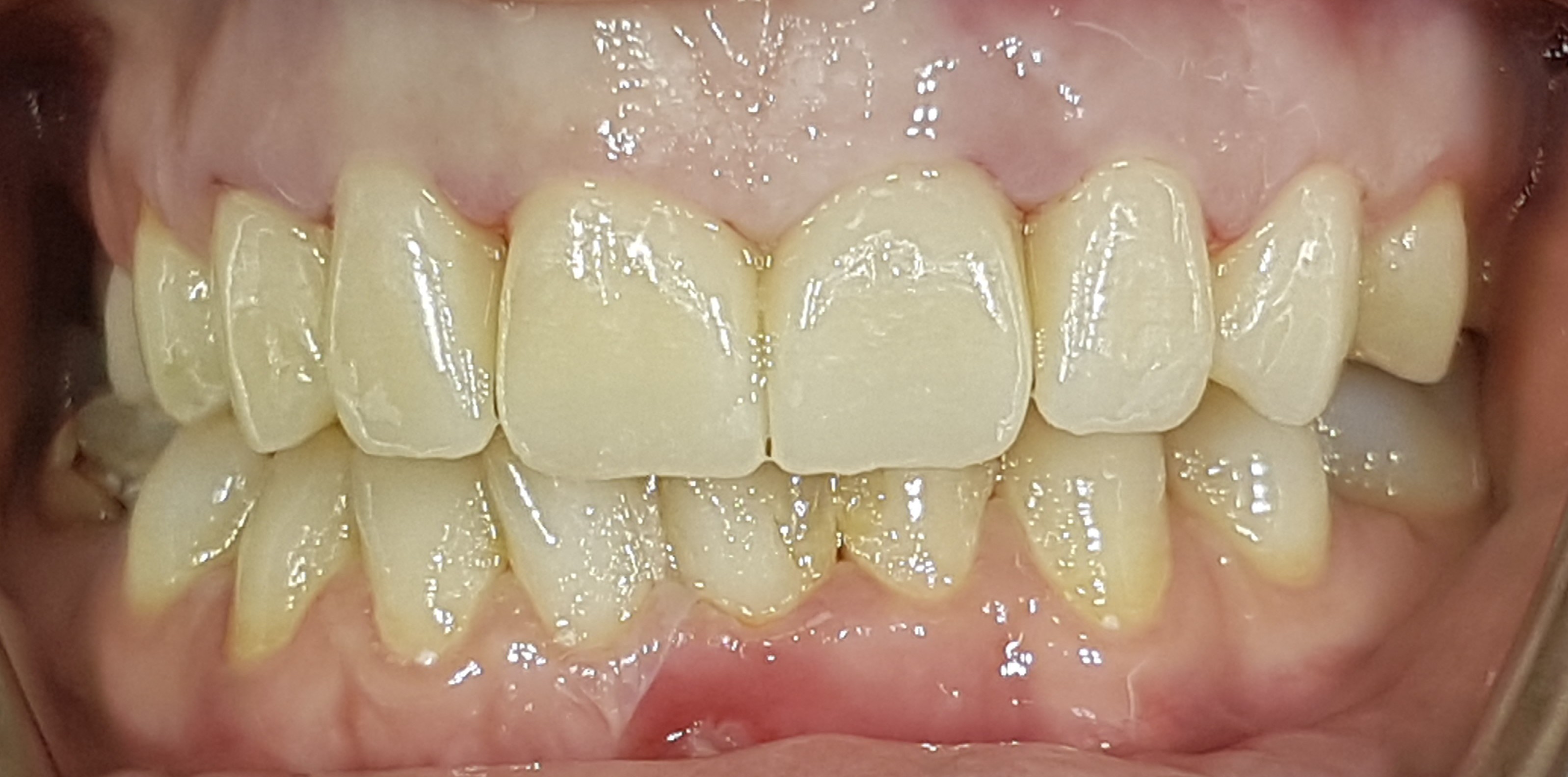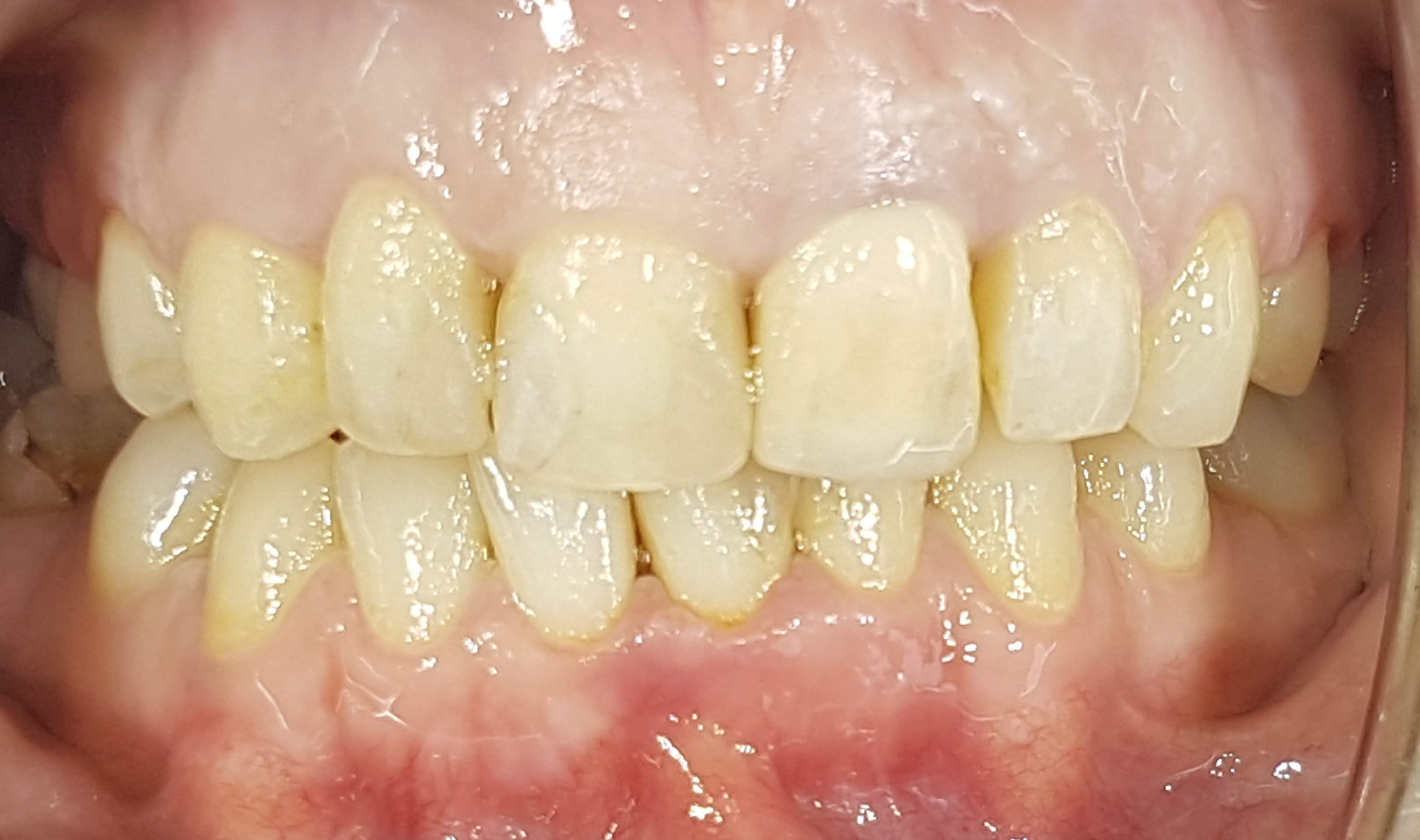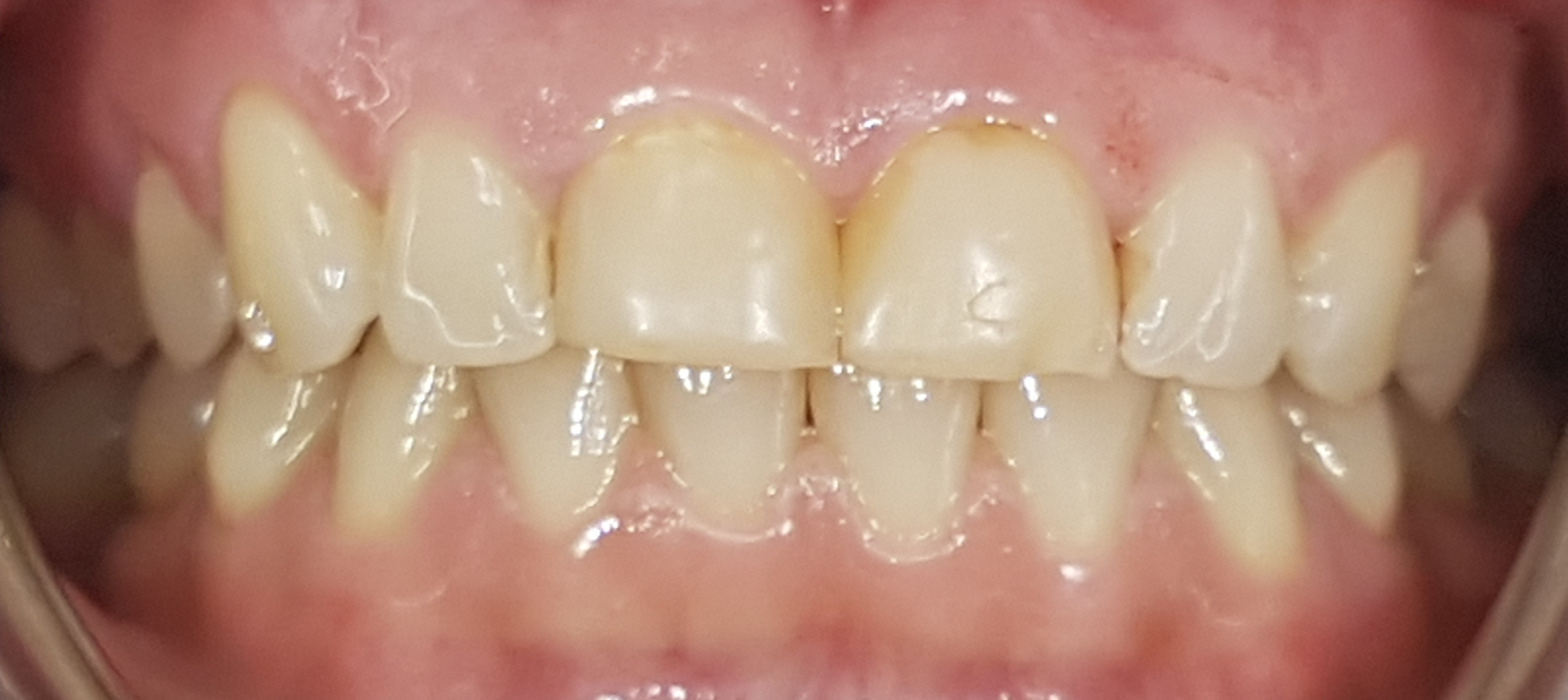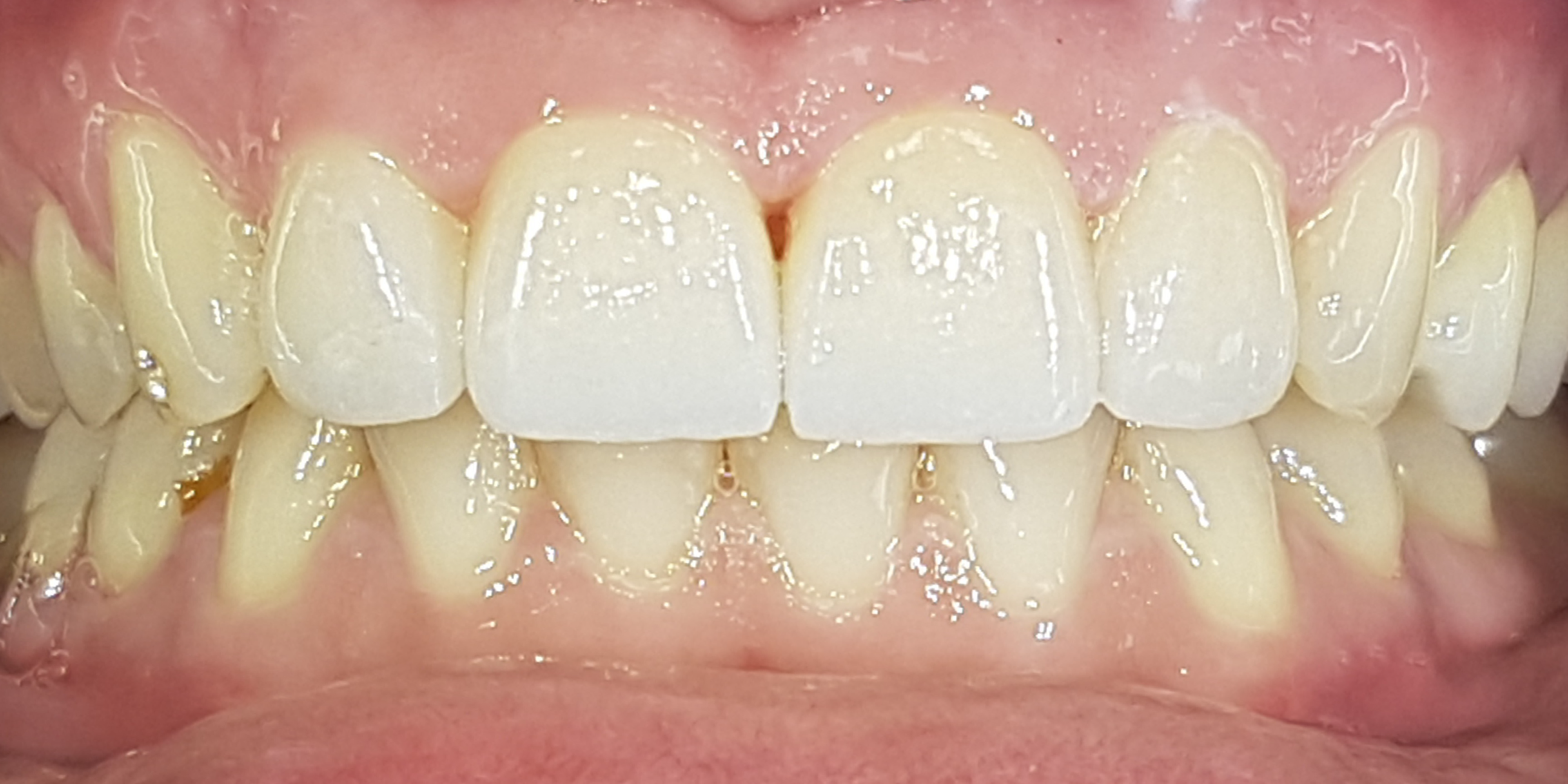Telephone number:
+389 70 331 388
Dentures are aids in resolving partial or total edentulousness
A denture is an option when fixed dental bridges cannot be made because there are not enough teeth in the mouth, or the teeth are not strong enough to withstand such a load, or are not in sufficient numbers.
In patients who have lost all their teeth, complete or full dentures are made.
In patients who lack more teeth but not all, partial dentures are made.
Complete dentures can be "traditional" or "immediate."
When the teeth are extracted, the wounds healed, a classic total denture is made. Unlike traditional complete dentures, immediate dentures are made in advance and placed in the patient's mouth immediately after tooth extraction. As a result, the patient does not have to be toothless during wound healing. However, the bone and gums shrink over time and therefore need to be further adjusted to the changes that occur in the patient's mouth.
Partial dentures consist of artificial teeth attached to an acrylic base, which can be connected in the patient's mouth with a metal base. A partial denture is made when one or more natural teeth are left in the upper or lower jaw.
Apart from traditional total and partial dentures made of acrylate, we also make modern dentures readily accepted by the patients and meet higher aesthetic and functional criteria.
A Wironit or Vizil denture is a partial denture that attaches to existing teeth in the mouth using hooks, Dolder bars, or snap-on dentures and is made of metal alloy. It is used in patients seeking better stability and firmness.
For all patients who do not want visible metal hooks or are allergic to any type of metal, this type of dentures is an ideal solution for them.
If patients still have their teeth that are well-positioned and, for some reason, do not want to make extensive jaw reconstructions, this type of denture can be an excellent solution for them. Teeth in the mouth are scraped, and primary metal crowns are cemented on them, then secondary crowns are put on, which are attached to the denture itself, where the missing teeth are placed. With this semi-fixed solution, better retention of the denture itself is achieved, and the patient himself is enabled to maintain better oral hygiene.
This is a solution where the teeth left in good condition are combined, connected with metal-ceramic bridgeworks to which the mobile semi-fixed dentures are attached. This is an excellent solution for patients with low bone density, in whom implants cannot be placed, or the patient does not want implants and still wants a better chewing function, better static conditions than those offered by mobile partial dentures.
If the tooth is damaged or carious, aesthetically compromised, or naturally positioned outside the arch, crowns and / or bridges successfully resolve it.
Dental crowns are made to reconstruct the lost function and aesthetics of the tooth. They are made of porcelain and are permanently fixed on a scraped tooth in case when the tooth is so damaged, and it is not recommended to reconstruct it with a filling, or when, for aesthetic reasons, the tooth does not meet the patient's requirements, in terms of size, shape, irregular position, anomalies, color. Crowns are also made on existing implants, or when due to endodontic treatment we have large carious lesions because of the extensive loss of part of the natural tooth, it is best to protect it with a crown.


Dental crowns can be metal-ceramic (metal-porcelain) or all-porcelain crowns. In everyday practice, the percentage of the use and making of metal-porcelain crowns and bridges to address patients' functional and aesthetic needs is very high. However, today there is a growing number of patients who have high aesthetic criteria and seek the best from the choice of materials and the final aesthetic effect, so more and more often opt for zirconia because:
1. Zirconia completely imitates the optical characteristics of a natural tooth: translucency, opalescence, transparency, and fluorescence resulting in a porcelain crown that is indistinguishable from the natural tooth.
2. Porcelain, unlike metal, is biocompatible, i.e., it does not cause allergies and the oral tissues accept it very well. In contrast, the metal under the action of oral moisture corrodes and releases metal particles that remain in the gums (gingiva) and can cause dark discoloration.
Dental porcelain bridges are permanent prosthetic compensations that are made in case there is a need of fulfilling the space between the teeth due to loss of 1,2 or more teeth, prevention of dislocation of adjacent teeth, prevention of damage to the jaw joints, or the tooth-supporting apparatus. Porcelain bridges are placed on a natural tooth or on embedded dental implants.
When teeth are missing and need to be supplemented with a porcelain bridge, the teeth supporting the bridge need to be scraped, making them part of the porcelain bridge. If we do not want to scrape the natural teeth, there is a possibility of supplementing the missing teeth with implants that replace the tooth's root. Additionally, a porcelain crown is made on it, or if more implants are embedded, a porcelain bridge is made on them.




With their appearance and transparency, they perfectly mimic natural teeth, allowing your smile to look completely natural and without harming the surrounding tissues. The procedure consists of: scraping the teeth with local anesthesia, which is entirely painless; a tooth print is taken, sent to the laboratory, and accessed computer-generating of the crown, which enables high precision. We make temporary crowns in the dental practice to make it easier for you to continue with your daily activities until cementing the permanent crown.
The metal-free crowns are tried out to ensure that they fit perfectly and match the size, shape, and color, then glazing and individualization are done in one of the most modern laboratories in the country. Once assured that you are satisfied with the construction, permanent cementing follows. To produce metal-free crowns, we use extraordinarily state-of-the-art and highest quality materials available on the European market.
Porcelain laminates are wafer-thin porcelain shells with a thickness of 0.5 - 0.8 mm that are glued to the front surface of the teeth and with their minimal scraping change certain defects of natural teeth: shape, color, size, diastemata, rotations, the separation between teeth, attrition and mild orthodontic anomalies. Dental shells are an important segment in aesthetic dentistry. You can make a shell on only one tooth that is darkened, has a broken angle, edge, or make laminates on the teeth visible with a smile (from 5 right to 5 left) to make an aesthetic makeover.

